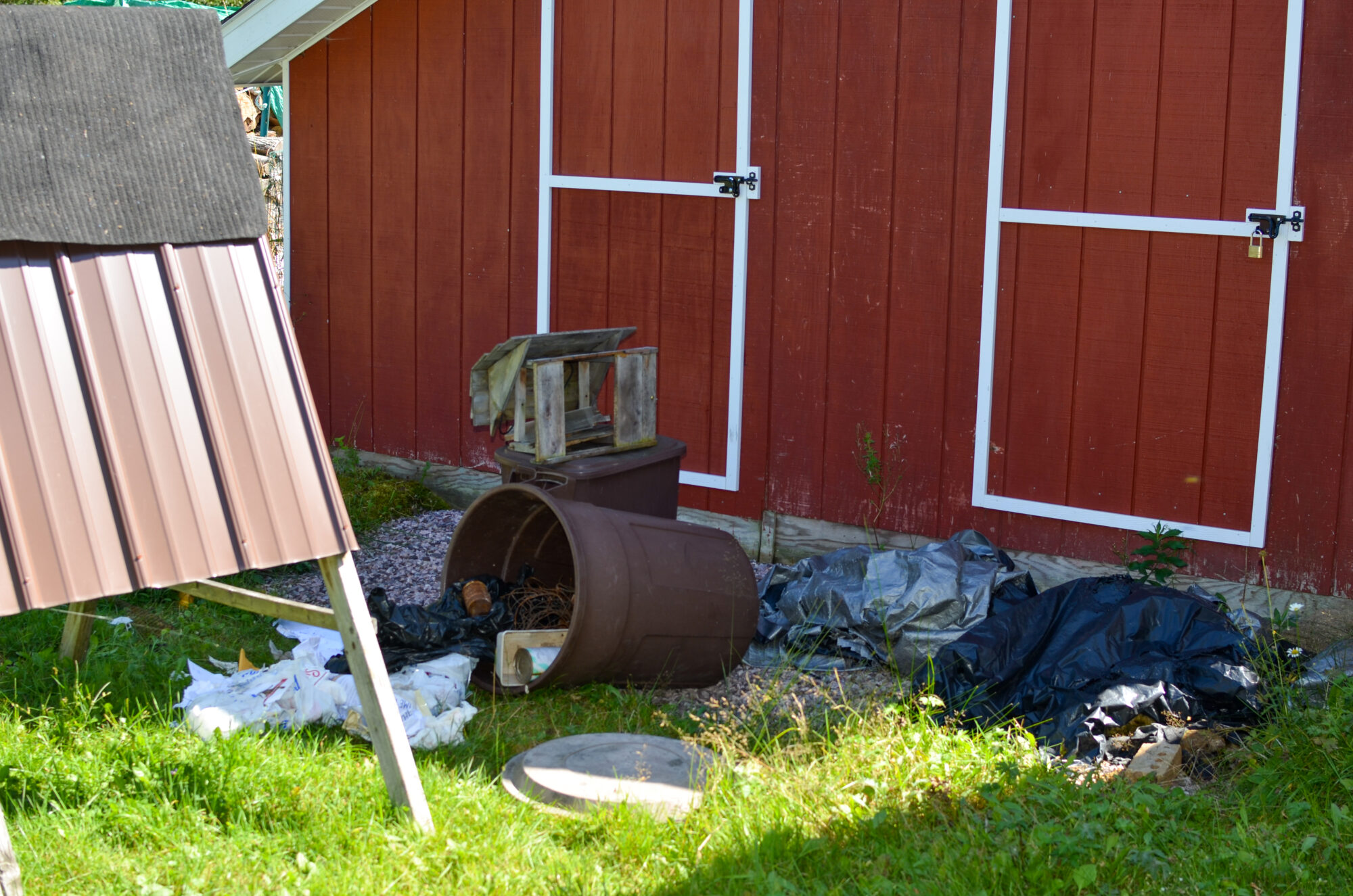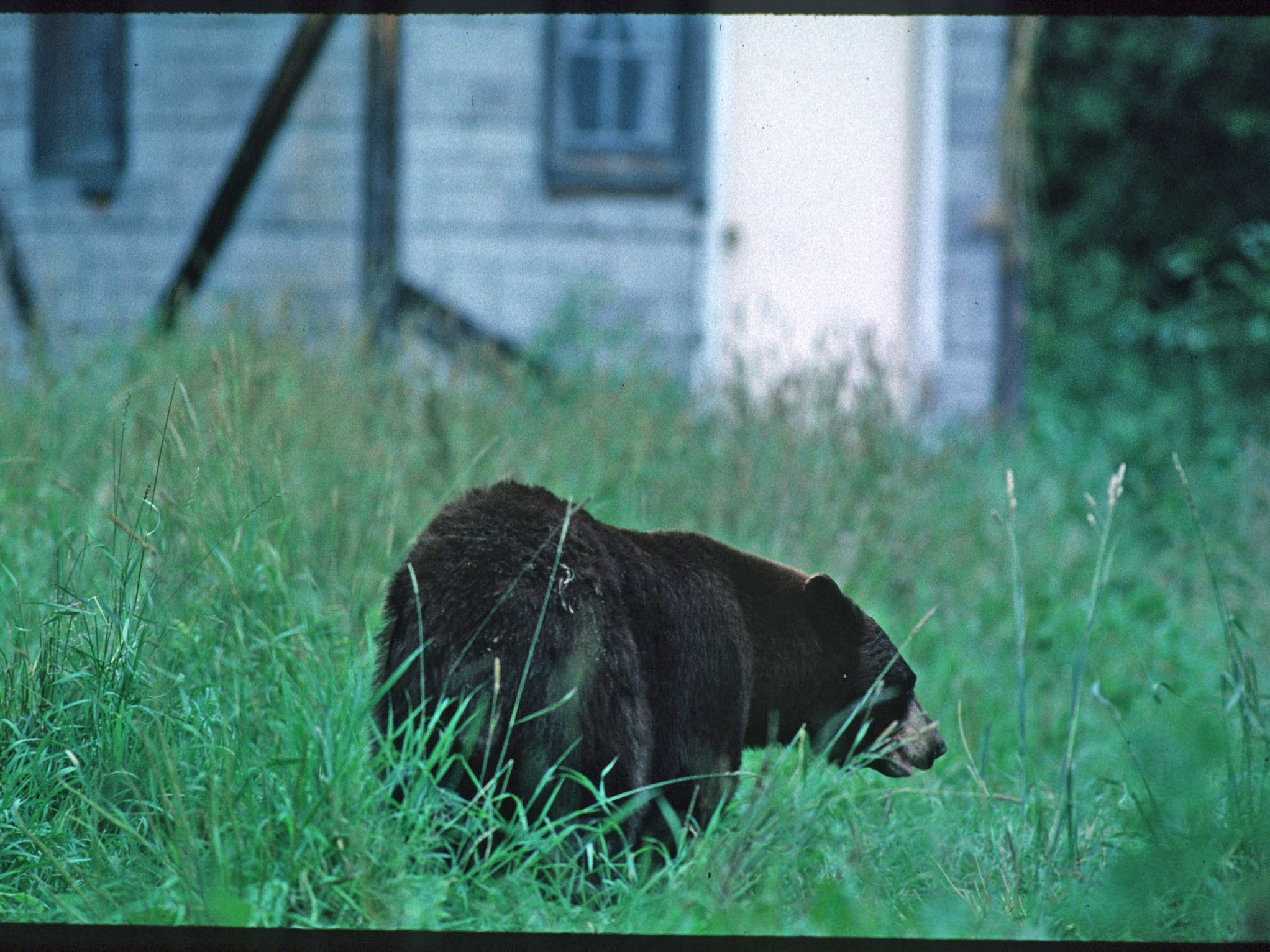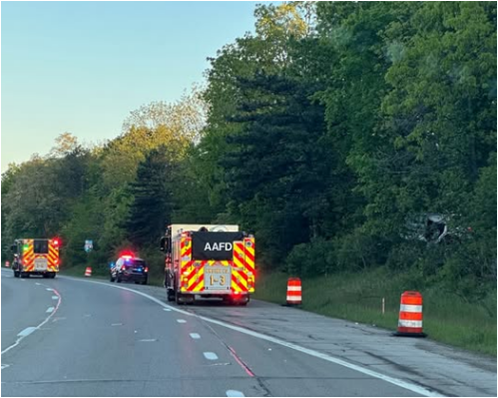Black bears are expanding south into Michigan’s Lower Peninsula, prompting experts to share key tips for safe coexistence.
Photo credit: MDNR
Michigan’s black bear population is booming, and the effects are being seen far beyond the woods of the Upper Peninsula. Once rarely spotted below the Mackinac Bridge, black bears are now becoming more common in the northern Lower Peninsula—and even pushing farther into areas like Traverse City, Grand Rapids, and Midland, with isolated sightings beyond there.
According to the Michigan Department of Natural Resources (DNR), approximately 2,000 black bears now call the Lower Peninsula home, marking a 55% increase over the past decade. The Upper Peninsula remains the stronghold, with about 10,000 bears, but the southward trend is undeniable.
As bears continue expanding their ranges in Michigan’s northern Lower Peninsula, more residents and business owners may spot a hungry bear roaming through their property this spring.
Not all sightings require action. “Remember that the bears live here too,” said Mike Kowalski, a DNR wildlife expert in Traverse City. “If we take steps to keep food sources off our property, they’ll probably move right through.”

These sightings often spark concern, but experts urge residents to remain calm and take simple precautions. “A bear will likely keep on moving if there’s nothing tasty to eat, whether that’s bird seed, unsecured garbage or a food-splattered grill,” according to the DNR.
Bird feeders are a top culprit when it comes to attracting bears. “Bird feed, including suet, is like fast food to a bear, which can smell the feed from a mile away and remember where it is year after year.”
Black bears are opportunistic omnivores, and their expanding range reflects the availability of food and forest cover. “Bears eat a variety of fruits, berries and nuts, making them terrific seed dispersers,” said Jared Duquette, a DNR wildlife biologist. “Their droppings help spread seeds across large areas, promoting plant growth and forest regeneration. As opportunistic omnivores, bears help control populations of small mammals and insects. They also scavenge on carrion, which helps recycle nutrients back into the ecosystem.”
Yet with increased proximity to humans come more conflicts. The DNR receives an average of 285 bear-related complaints per year, including 303 in 2024. While many reports come from the Upper Peninsula, Lower Peninsula counties like Charlevoix, Leelanau, and Grand Traverse are also seeing increased activity.
Simple fixes include removing bird feeders, cleaning grills, storing garbage securely, and using electric fencing for beehives and chicken coops. “We had a homeowner who wanted us to trap a bear because it was coming by their home every day,” said Stephen Griffith, another DNR biologist. “But if a bear is coming by every day, there’s a problem. You need to fix the problem. Bears have a very, very good memory.”
Griffith said two other residents decided to leave food out for the bears every day and even named them. This is bad news, he said, as bears can become conditioned and risk getting shot by another resident or euthanized by animal control officers.
“As the saying goes,” Griffith said, “a fed bear is a dead bear.”
If a bear becomes a true safety risk, the DNR may attempt hazing—using rubber buckshot or loud noises—or relocate the bear, although suitable habitats are dwindling due to development. “You can take a problem bear somewhere else, but then you run the risk of it becoming someone else’s problem,” Kowalski said.
To avoid danger, residents are encouraged to follow BearWise safety tips: never run from a black bear, make yourself look bigger, back away slowly if the bear stops, and always give it an escape route. If attacked, fight back—don’t play dead.






 8123 Main St Suite 200 Dexter, MI 48130
8123 Main St Suite 200 Dexter, MI 48130


